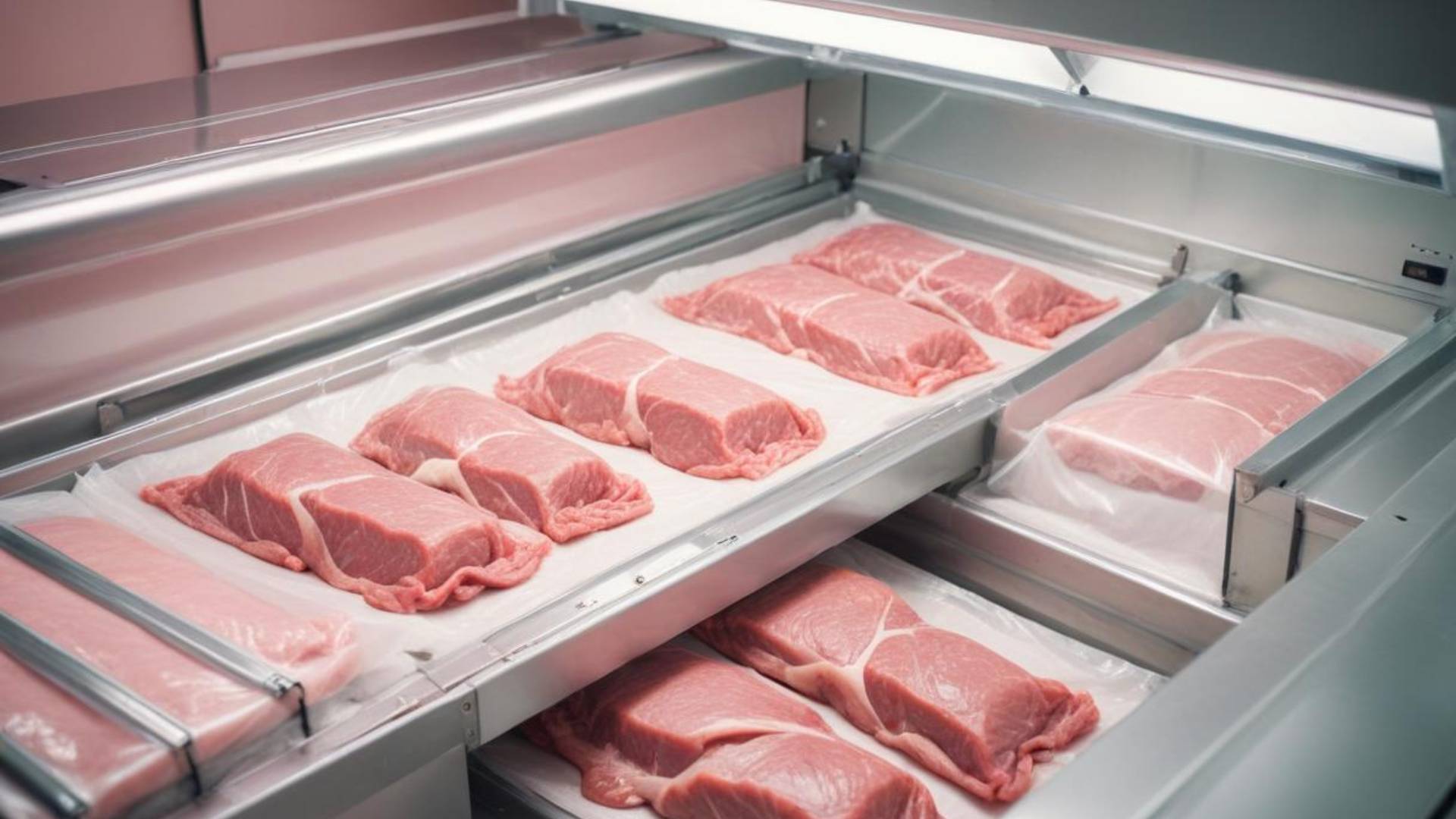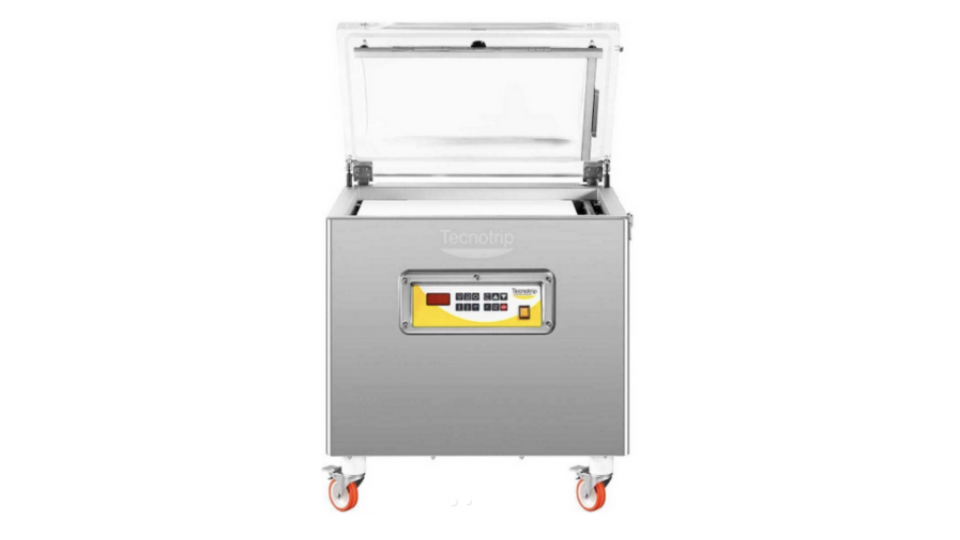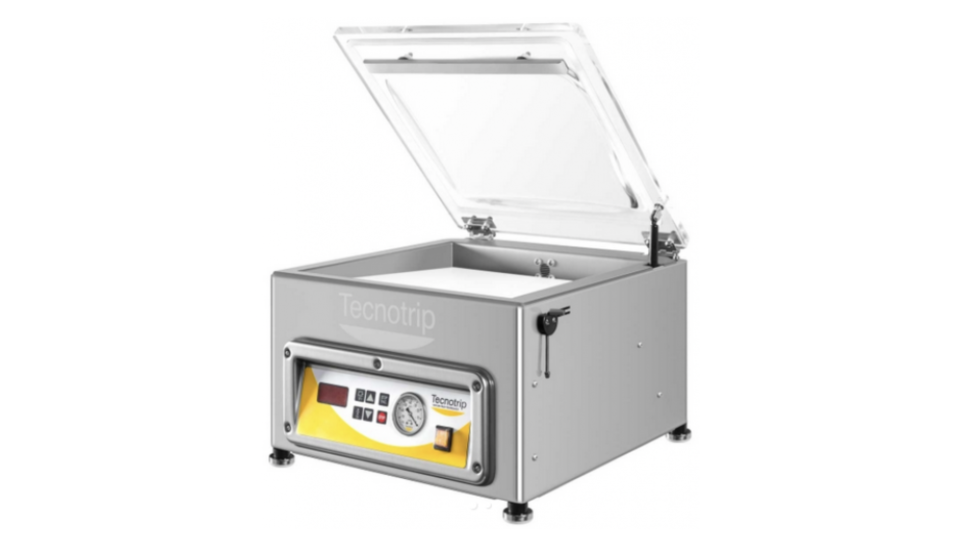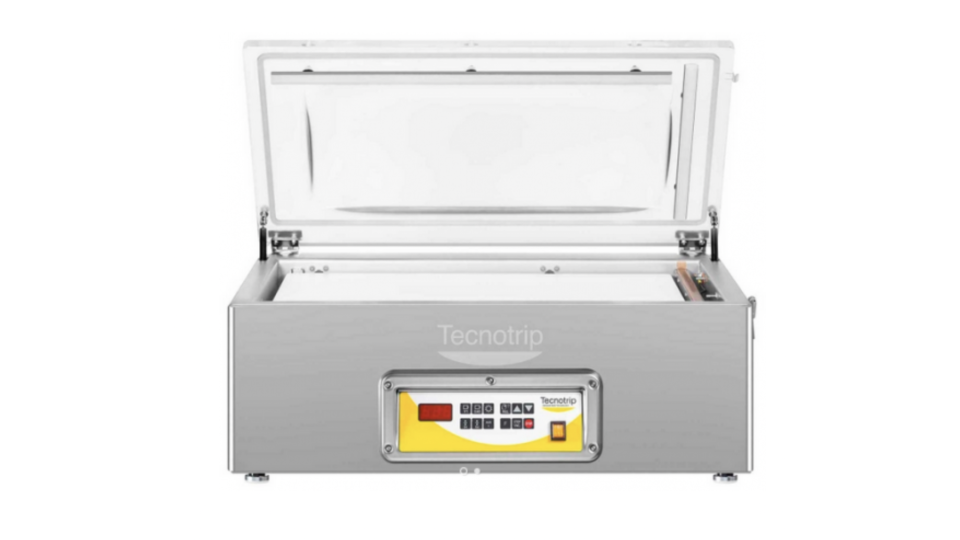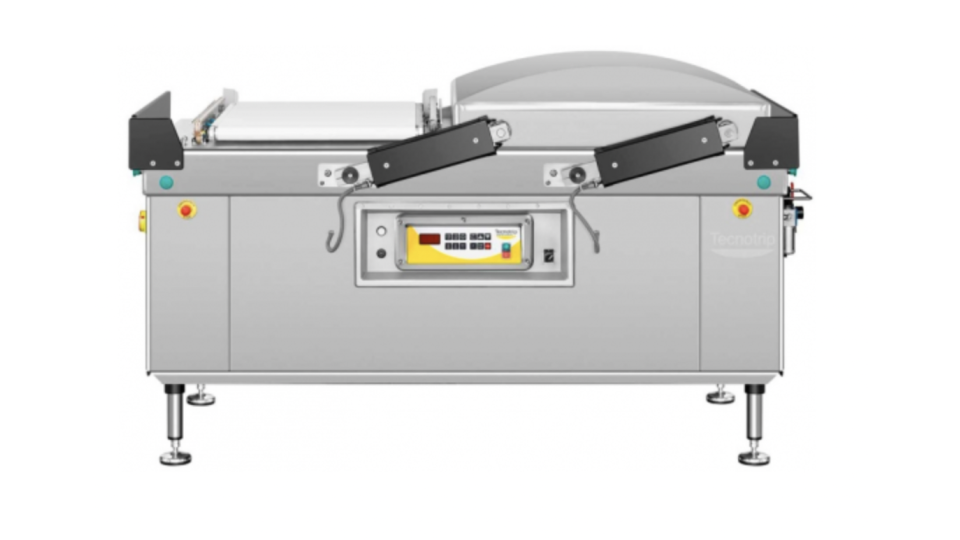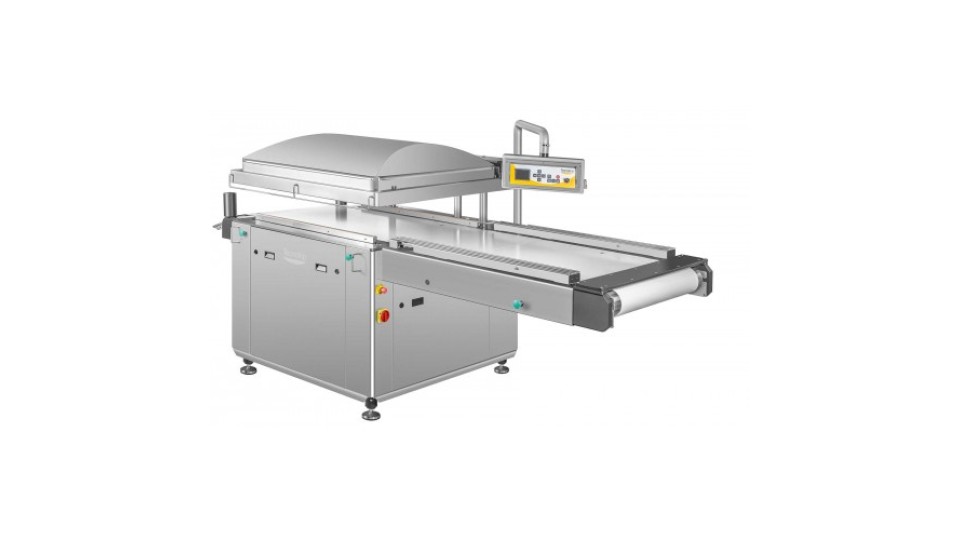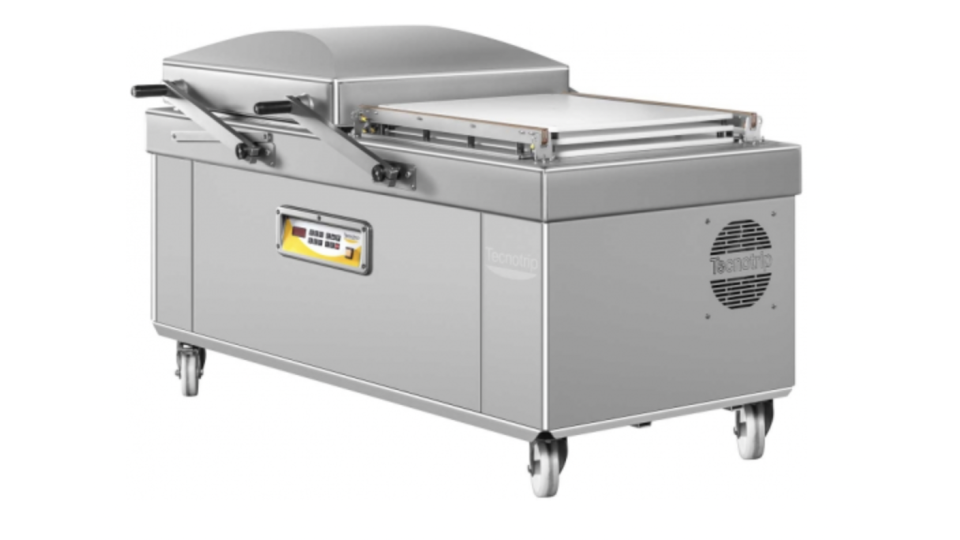Vacuum packaging machines are invaluable tools in both home kitchens and commercial settings. These machines help to extend the shelf life of food, protect items from moisture and contamination, and ensure freshness by removing air from packaging. Whether you're in Canada or anywhere else, vacuum packaging solutions offer a reliable way to keep your food and other items safe. In this guide, we'll walk you through the process of using a vacuum packaging machine, covering everything from preparation and sealing to maintenance tips.
What is a Vacuum Packaging Machine?
A vacuum packaging machine, also known as a vacuum sealer, is a device that removes air from a bag or container and then seals it to preserve its contents. The absence of air prevents the growth of bacteria and mold, which can spoil food. This process not only extends the shelf life of perishables but also helps in marinating food faster and protecting non-food items from damage.
Preparation: Getting Ready to Use Your Vacuum Packaging Machine
1. Choose the Right Vacuum Packaging Machine
Before you begin, ensure you have the right type of vacuum packaging machine for your needs. There are two main types:
- External Vacuum Sealers: These are ideal for home use and small businesses. They are portable and easy to use.
- Chamber Vacuum Sealers: These are more powerful and suitable for commercial use. They can handle larger volumes and are more versatile.
2. Gather Your Supplies
You'll need the following supplies:
- Vacuum Packaging Bags or Rolls: Make sure they are compatible with your machine.
- Scissors: To cut the bags to the desired size if you're using rolls.
- Food or Items to be Sealed: Ensure they are clean and dry.
- Permanent Marker: For labeling the sealed packages with dates and contents.
3. Prepare the Items for Sealing
- For Food: Clean and dry the food items. If you are vacuum sealing meat or fish, consider pre-freezing them for a few hours to prevent juices from being sucked into the machine.
- For Non-Food Items: Make sure they are dry and free of dust or dirt.
Sealing: Step-by-Step Guide to Using Your Vacuum Packaging Machine
1. Cut and Prepare the Bag
If you're using a roll, cut a piece of bag material long enough to fit your item with an extra 3-4 inches for sealing.
- Seal One End: Place one end of the bag on the sealing strip of the vacuum sealer and close the lid. Press the seal button to create a seal. This will be the bottom of your bag.
- Fill the Bag: Place the item(s) into the bag, ensuring not to overfill. Leave enough space at the top for the vacuum sealing process.
2. Vacuum and Seal
- Position the Bag: Lay the open end of the bag across the vacuum sealer's sealing strip. Ensure the bag is flat and free of wrinkles for a proper seal.
- Close the Lid: Secure the lid of the vacuum sealer. Some models may have a latch or clip to hold the lid in place.
- Start the Machine: Press the vacuum and seal button. The machine will start to remove the air from the bag. Once the air is removed, the machine will automatically seal the bag.
3. Check the Seal
After the machine has finished, open the lid and remove the bag. Inspect the seal to ensure it is complete and airtight. If there are any gaps or incomplete seals, repeat the sealing process.
4. Label and Store
Use a permanent marker to label the bag with the date and contents. Store the sealed bags in the appropriate location, such as the refrigerator, freezer, or pantry.
Maintenance Tips: Keeping Your Vacuum Packaging Machine in Top Condition
Proper maintenance of your vacuum packaging machine will ensure it works efficiently and lasts longer. Here are some tips:
1. Regular Cleaning
- After Each Use: Wipe down the exterior and the sealing area with a damp cloth to remove any food particles or residue.
- Deep Cleaning: Periodically, disassemble any removable parts and clean them with warm soapy water. Make sure everything is completely dry before reassembling.
2. Check the Sealing Strip
The sealing strip is crucial for creating airtight seals. Regularly inspect it for wear and tear. If it shows signs of damage or wear, replace it according to the manufacturer's instructions.
3. Lubricate Moving Parts
If your vacuum sealer has moving parts, refer to the user manual for instructions on lubrication. Keeping these parts well-lubricated ensures smooth operation.
4. Store Properly
When not in use, store your vacuum packaging machine in a cool, dry place. Avoid areas with high humidity or extreme temperatures.
5. Regular Inspections
Perform regular inspections to check for any issues such as cracks, loose parts, or malfunctioning components. Address any problems immediately to prevent further damage.
Troubleshooting Common Issues
1. Machine Not Vacuuming
- Check the Bag Placement: Ensure the open end of the bag is properly positioned over the vacuum chamber.
- Inspect the Seal: If the seal is incomplete, the machine may not be able to create a vacuum. Re-seal the bag if necessary.
- Clean the Gaskets: Dirty or worn gaskets can prevent proper vacuuming. Clean or replace them as needed.
2. Incomplete Seal
- Ensure Proper Bag Position: The bag should be flat and free of wrinkles on the sealing strip.
- Check the Sealing Strip: A worn or dirty sealing strip can cause incomplete seals. Clean or replace it if needed.
3. Liquid Seeping Into the Machine
- Pre-Freeze Juicy Foods: Freeze items with high liquid content for a few hours before vacuum sealing.
- Use Liquid Barrier Bags: Some vacuum sealers come with special bags designed to handle liquids better.
Benefits of Vacuum Packaging
Vacuum packaging offers numerous benefits beyond just extending the shelf life of food:
- Prevent Freezer Burn: By removing air, vacuum packaging prevents freezer burn, keeping your food fresh and tasty.
- Save Space: Vacuum-sealed bags take up less space in your refrigerator, freezer, or pantry.
- Reduce Waste: By preserving food for longer periods, you reduce the amount of food that goes to waste.
- Marinate Faster: Vacuum sealing can help infuse flavors into your food more quickly, making it great for marinating meats and vegetables.
- Protect Valuables: Vacuum packaging isn't just for food. You can protect important documents, jewelry, and other valuable items from moisture and damage.
Conclusion
Using a vacuum packaging machine is a simple yet effective way to extend the shelf life of your food and protect your belongings. By following this step-by-step guide, you can ensure that you get the most out of your vacuum packaging machine. Whether you're in Canada looking for vacuum packaging solutions or anywhere else in the world, these tips and instructions will help you achieve optimal results. Happy sealing!
By mastering the use of a vacuum packaging machine, you'll enjoy the benefits of fresher food, reduced waste, and better organization. Keep your machine well-maintained, and it will serve you well for years to come.

